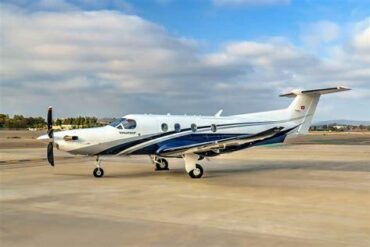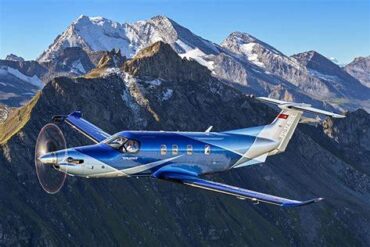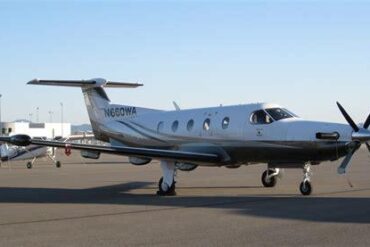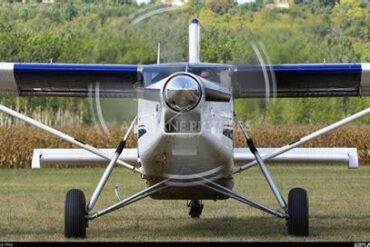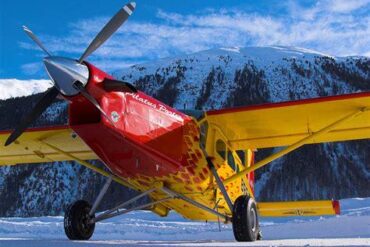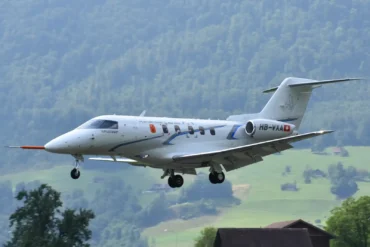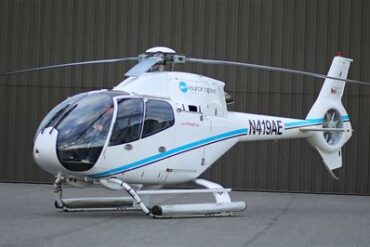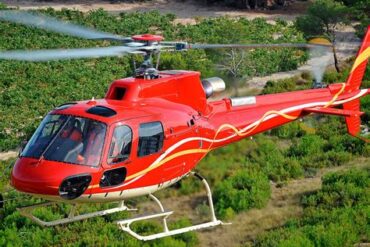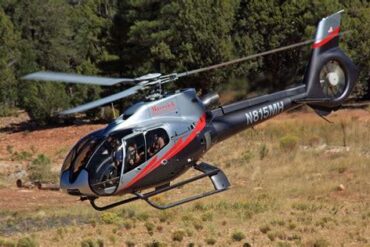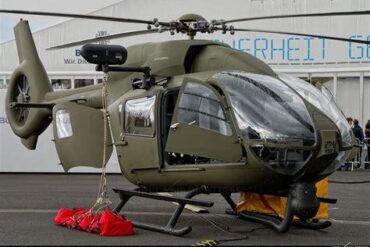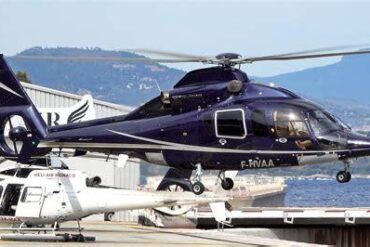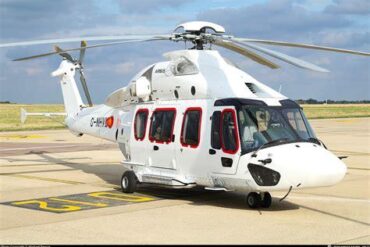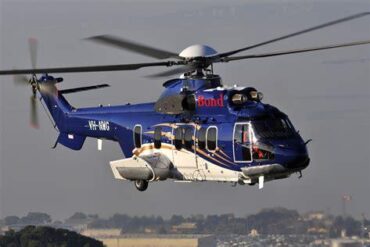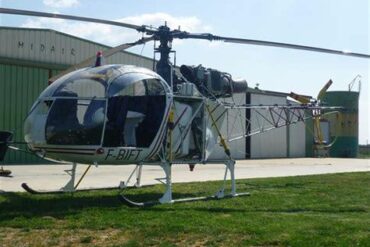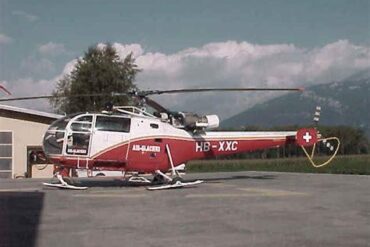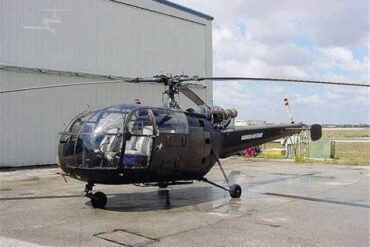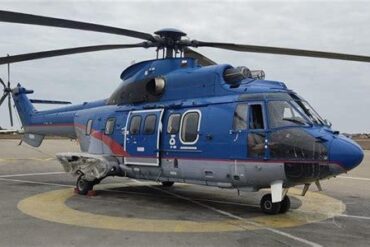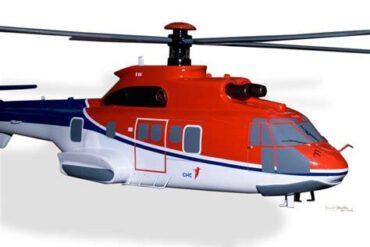The Pilatus PC-24 is a remarkable entry in the world of light jets, combining versatility, performance, and advanced technology. As potential buyers or operators consider this aircraft, understanding its price and operating costs is essential for making informed decisions. In this article, we will delve deeply into these aspects, providing a comprehensive overview that will help you navigate the financial implications of owning and operating a Pilatus PC-24.
Overview of the Pilatus PC-24
The Pilatus PC-24 is celebrated for its unique features and capabilities, which include:
-
Versatile Performance: This twin-engine jet can operate from short and unpaved runways, opening up numerous landing options compared to traditional jets.
-
Spacious Cabin: With a cabin that comfortably seats up to 11 passengers, the PC-24 offers a luxurious travel experience.
-
Advanced Technology: Equipped with the latest avionics and safety features, the PC-24 ensures smooth and safe operations.
-
Impressive Range: The aircraft boasts a range of approximately 2,000 nautical miles, allowing for non-stop flights between major cities.
These attributes make the PC-24 a compelling choice for both private and corporate aviation, but understanding the financial commitment involved is crucial.
Purchase Price of the Pilatus PC-24
The initial purchase price of a Pilatus PC-24 can vary based on several factors, including configuration, customizations, and market conditions. On average, the base price of a new PC-24 is approximately $10 million. However, this figure can increase significantly depending on optional upgrades and additional features.
Factors Influencing the Purchase Price
-
Customizations: Buyers can tailor the interior to their specifications, including seating arrangements, materials, and technology. Customizations can add substantial costs.
-
Market Demand: Fluctuations in the market can affect pricing. High demand may result in higher prices, while increased availability of used models could lower them.
-
Financing Options: Financing can impact the overall cost. Options such as loans or leasing agreements should be considered carefully to understand the total financial commitment.
Operating Costs of the Pilatus PC-24
Operating costs are a critical consideration for any aircraft owner. The Pilatus PC-24 has several operational expenses, including fuel, maintenance, insurance, and crew costs. Below, we break down these costs in detail.
1. Fuel Costs
Fuel costs for the PC-24 are one of the most significant operating expenses. The aircraft burns approximately 140 gallons per hour (GPH), translating to a fuel cost of about $700 to $1,000 per hour, depending on local fuel prices. Given that fuel prices fluctuate, budgeting for fuel costs requires careful monitoring of current market rates.
2. Maintenance Costs
Regular maintenance is crucial for ensuring the reliability and safety of the PC-24. The following outlines typical maintenance expenses:
-
Scheduled Maintenance: Routine inspections and maintenance can average around $50,000 to $100,000 annually. This includes services required by the manufacturer and can vary based on usage.
-
Unscheduled Maintenance: Unexpected repairs can arise. Setting aside an additional $20,000 to $50,000 annually for unscheduled maintenance is prudent.
-
Parts and Labor: Costs for parts and labor can fluctuate based on the complexity of repairs and the availability of qualified technicians.
3. Insurance Costs
Insurance is another essential aspect of operating costs. Premiums for insuring a PC-24 can range between $30,000 and $50,000 per year, influenced by factors like:
-
Pilot Experience: More experienced pilots may lead to lower premiums.
-
Usage: The intended use of the aircraft, whether for personal travel or charter services, can impact insurance costs.
-
Coverage Level: Comprehensive policies covering more risks will naturally be more expensive.
4. Crew Costs
Hiring professional pilots is often necessary for operating a PC-24, especially for commercial use. Pilot salaries can vary based on experience and location but generally range from $75,000 to $150,000 annually for a single pilot. If a second pilot is required, this cost doubles. Additionally, training and recurrent training for pilots must also be factored into the budget, which can amount to $10,000 to $20,000 per year.
5. Hangar and Parking Fees
Hangaring the PC-24 is another expense that should not be overlooked. Depending on the location, monthly hangar fees can range from $500 to $2,000, leading to an annual cost of $6,000 to $24,000. This cost varies significantly based on the airport’s proximity to urban centers and the facilities offered.
6. Depreciation
Like all aircraft, the PC-24 will experience depreciation. Typically, business jets depreciate at a rate of about 5% to 10% per year during the first few years of ownership. Understanding depreciation is crucial for long-term financial planning and eventual resale value.
Total Estimated Operating Costs
When combining all operating costs, owners of the Pilatus PC-24 can expect to incur roughly $500,000 to $800,000 annually. This estimate includes:
-
Fuel: $200,000 to $300,000
-
Maintenance: $50,000 to $150,000
-
Insurance: $30,000 to $50,000
-
Crew Salaries: $75,000 to $300,000 (for one or two pilots)
-
Hangar Fees: $6,000 to $24,000
-
Miscellaneous Costs: Additional costs for navigation, landing fees, and other operational expenditures can also add up.
Conclusion: Making Informed Decisions
The Pilatus PC-24 stands out as a versatile and high-performing light jet, but potential buyers must be acutely aware of the associated purchase price and operating costs. With a base price around $10 million and estimated annual operating expenses ranging from $500,000 to $800,000, thorough financial planning is essential.
Investing in a PC-24 can lead to significant advantages in terms of travel efficiency, comfort, and access to a broader range of airports. By understanding the full scope of costs involved, operators can make informed choices that align with their financial goals and operational needs. Careful budgeting, effective management, and a clear understanding of the aircraft’s capabilities will ultimately enable owners to maximize their investment in this exceptional aircraft.

